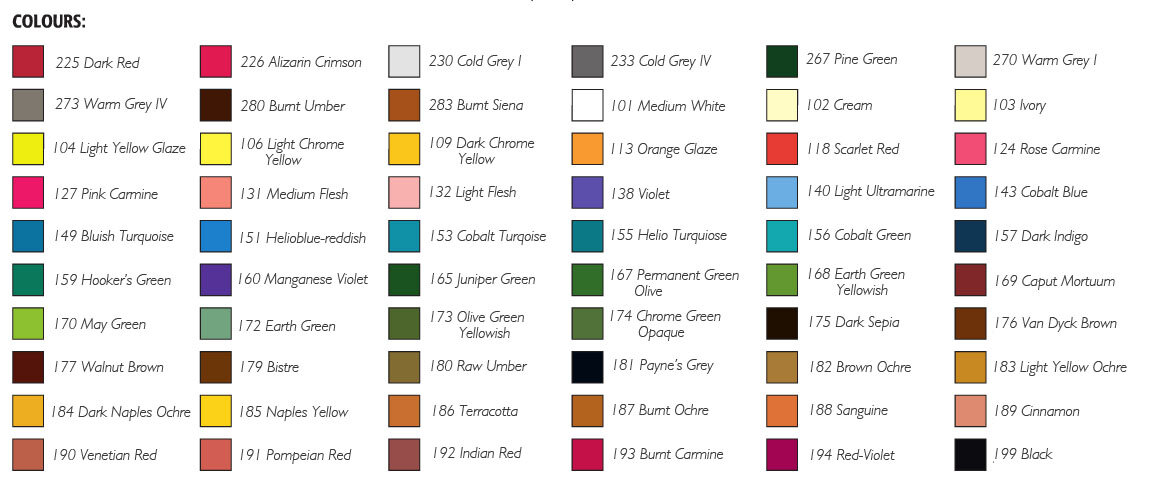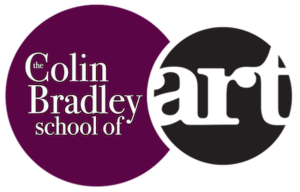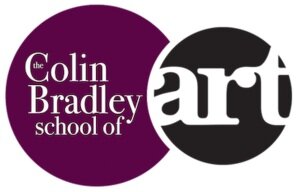Techniques for Drawing Shadows on Animals
Monique has sent me this lovely photo of a dog she wants to paint using the pastel pencils and has asked for my help regarding the techniques and colours she should use for the shadows. I am sure that Monique has her own ideas as to the colours she wishes to use but for the purposes of this illustration I am suggesting my own although I am limiting the colours to make it easier to understand the principle.[fusion_builder_container hundred_percent="yes" overflow="visible"][fusion_builder_row][fusion_builder_column type="1_1" background_position="left top" background_color="" border_size="" border_color="" border_style="solid" spacing="yes" background_image="" background_repeat="no-repeat" padding="" margin_top="0px" margin_bottom="0px" class="" id="" animation_type="" animation_speed="0.3" animation_direction="left" hide_on_mobile="no" center_content="no" min_height="none"]
I am sure that Monique has her own ideas as to the colours she wishes to use but for the purposes of this illustration I am suggesting my own although I am limiting the colours to make it easier to understand the principle.[fusion_builder_container hundred_percent="yes" overflow="visible"][fusion_builder_row][fusion_builder_column type="1_1" background_position="left top" background_color="" border_size="" border_color="" border_style="solid" spacing="yes" background_image="" background_repeat="no-repeat" padding="" margin_top="0px" margin_bottom="0px" class="" id="" animation_type="" animation_speed="0.3" animation_direction="left" hide_on_mobile="no" center_content="no" min_height="none"] I would suggest that the colours for the dogs hair in area ‘A’ would be light earth grey, 270, followed by 187 and 283 at all times working the colours in the direction of the hair.For area ‘B’ I would use medium grey 273 followed by 187 and 283 with just a hint of 177 to add depth.The darkest area ‘C’ dispenses with the grey and 187 going straight in with 283, 177 would be added to this with just a hint of 199 black to darken still further. It is possible to reapply 283 on top of the black to retain the tone.There are many more tones in this animal, for instance for the very light areas white should be applied and across the back of the dog colours like 186 could be used instead of 187. Although I have made this simple to understand it does give a good general idea of the way the colours can be used to create shadows.The colours above are from the Faber-Castell Range of Pitt Pastel Pencils. Members of Colin Bradley Art can receive guidance on their pictures as part of their membership.[/fusion_builder_column][/fusion_builder_row][/fusion_builder_container]
I would suggest that the colours for the dogs hair in area ‘A’ would be light earth grey, 270, followed by 187 and 283 at all times working the colours in the direction of the hair.For area ‘B’ I would use medium grey 273 followed by 187 and 283 with just a hint of 177 to add depth.The darkest area ‘C’ dispenses with the grey and 187 going straight in with 283, 177 would be added to this with just a hint of 199 black to darken still further. It is possible to reapply 283 on top of the black to retain the tone.There are many more tones in this animal, for instance for the very light areas white should be applied and across the back of the dog colours like 186 could be used instead of 187. Although I have made this simple to understand it does give a good general idea of the way the colours can be used to create shadows.The colours above are from the Faber-Castell Range of Pitt Pastel Pencils. Members of Colin Bradley Art can receive guidance on their pictures as part of their membership.[/fusion_builder_column][/fusion_builder_row][/fusion_builder_container]

